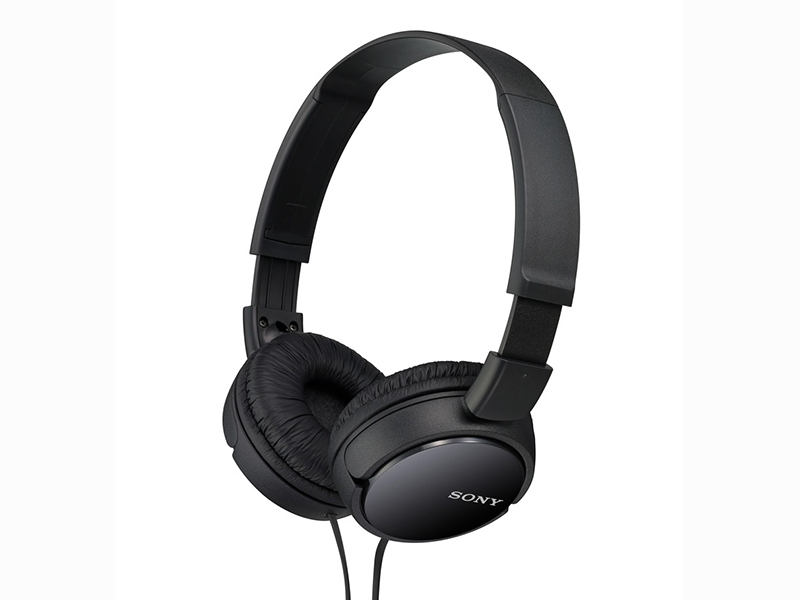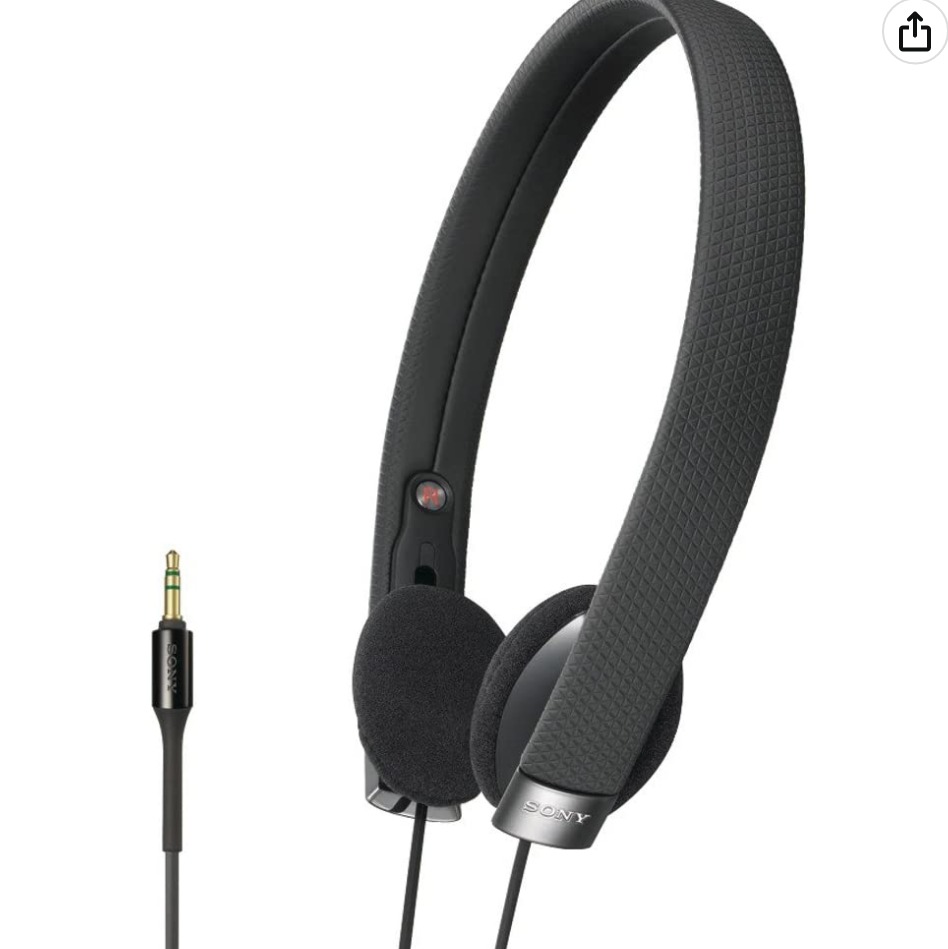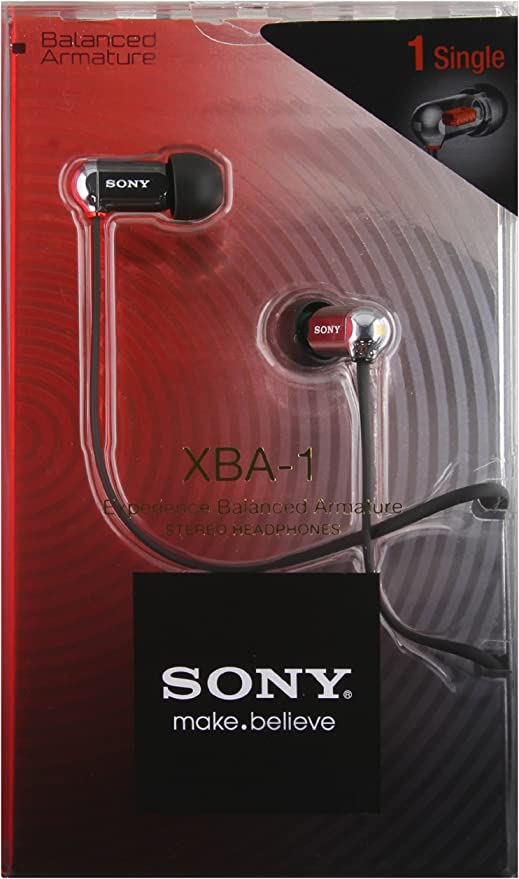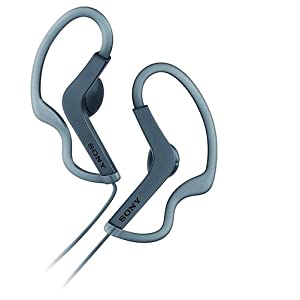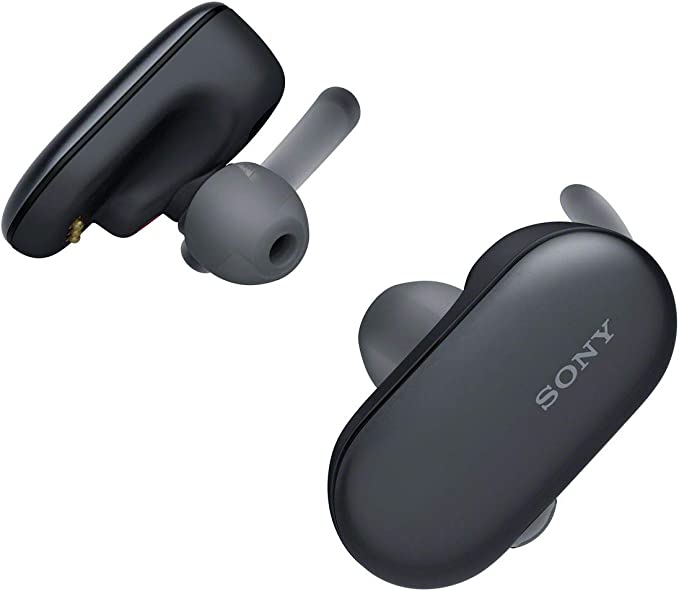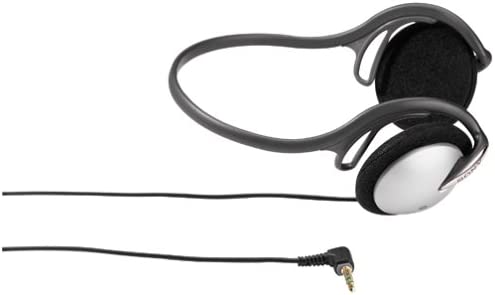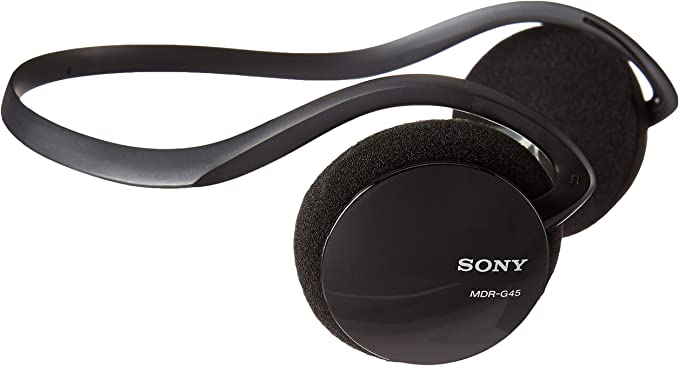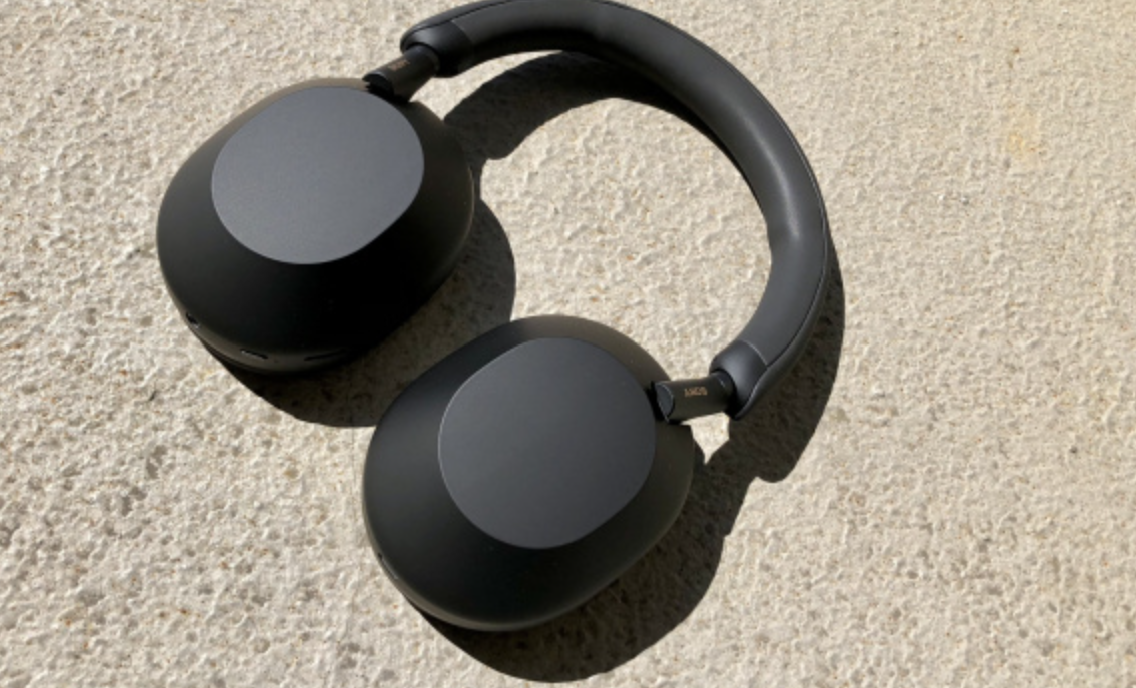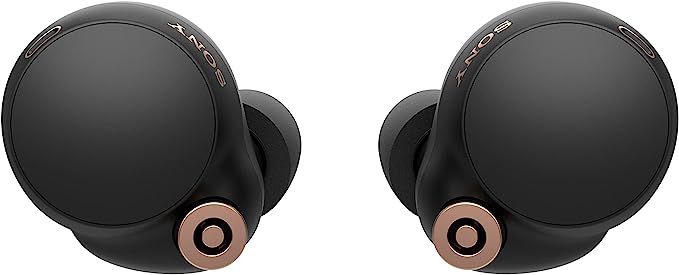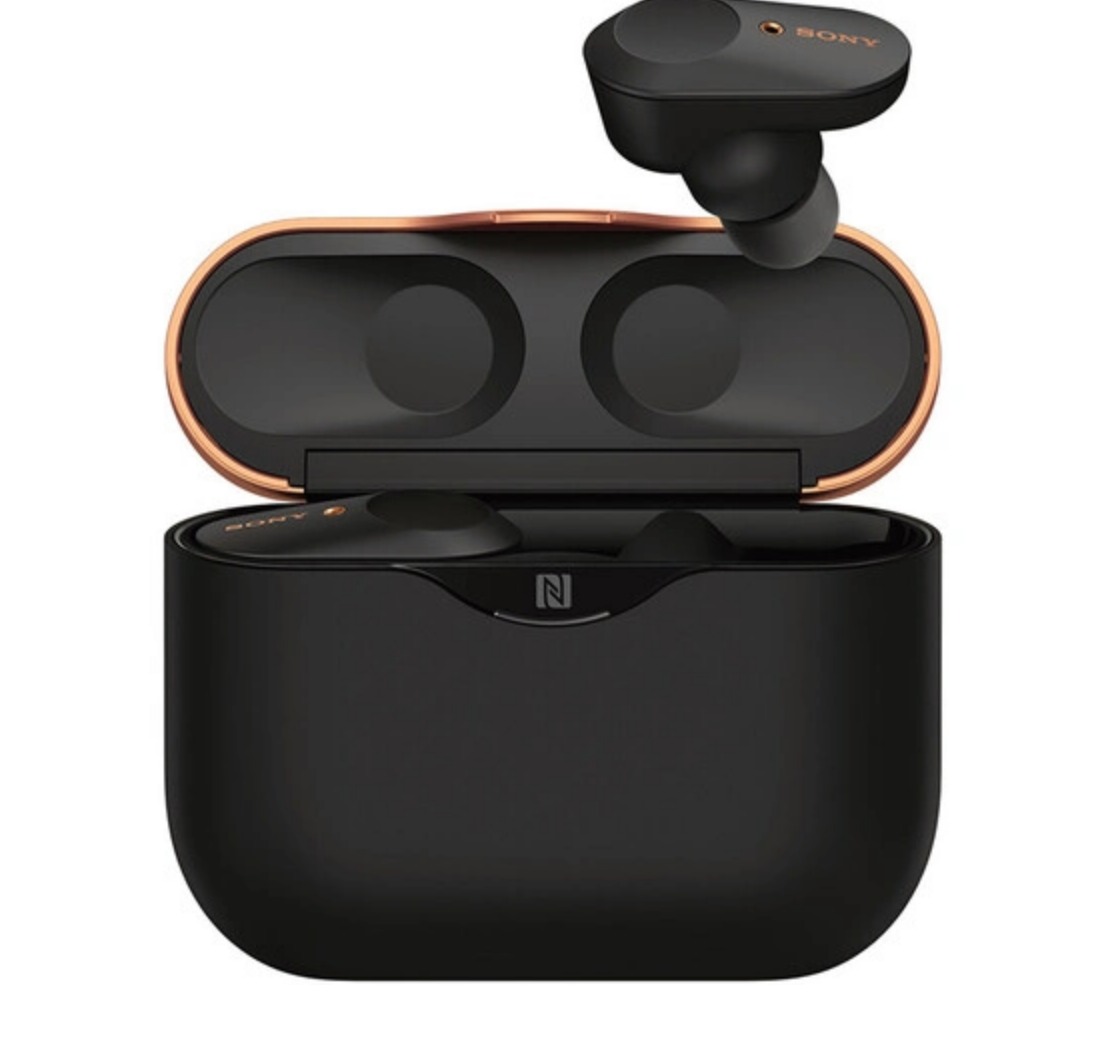Sony RF995RK Wireless Headphones: Enjoy Crystal-Clear Audio with RF Technology
Update on March 7, 2025, 4:59 p.m.
The Wireless Dilemma: Sound Without Strings (and Static!)
We live in a wireless world. From smartphones to smart homes, the tangled mess of cords is becoming a relic of the past. And when it comes to enjoying audio – whether it’s immersing ourselves in a movie, getting lost in music, or catching up on a podcast – the freedom of wireless headphones is incredibly appealing. But that freedom often comes with a frustrating price: crackling static, dropped connections, and limited range. You want to enjoy your audio, not wrestle with technical glitches. This is where Radio Frequency (RF) headphones step in, offering a different approach to wireless audio, and often a more reliable one, especially for home theater setups.
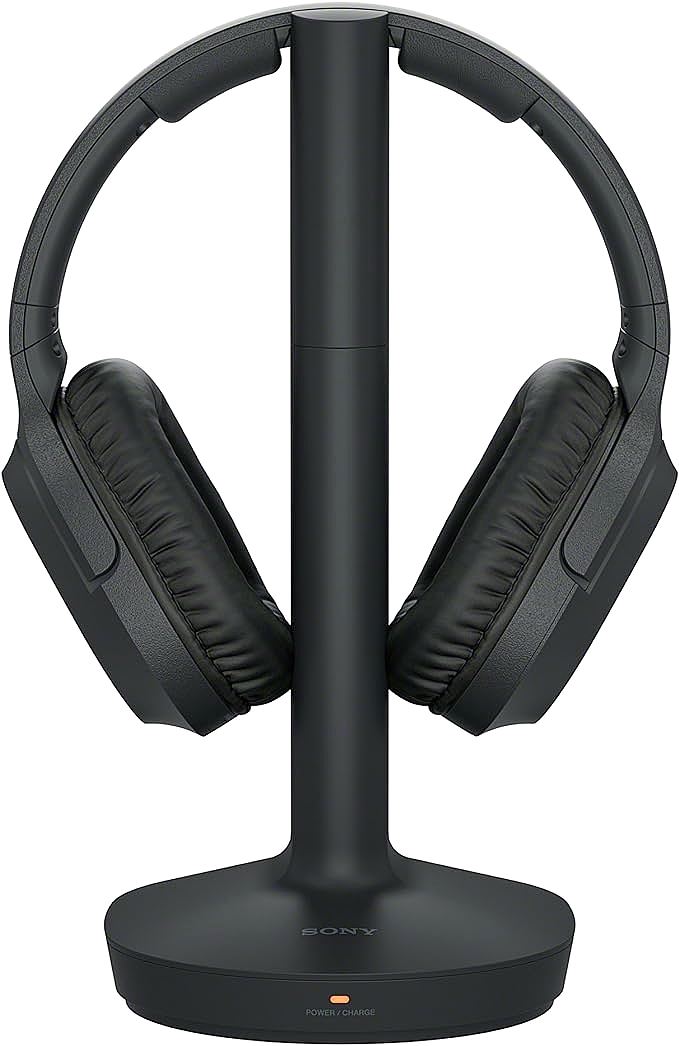
A Blast from the Past: Radio Waves to the Rescue
The story of RF headphones begins long before the first pair ever graced a listener’s ears. It starts with the groundbreaking discovery of electromagnetic waves in the late 19th century. Scientists like James Clerk Maxwell and Heinrich Hertz laid the foundation for understanding these invisible waves, which, unlike sound waves, can travel through the vacuum of space. Hertz’s experiments, in particular, proved that these waves could be generated and detected, paving the way for wireless communication.
Think of it like this: when you throw a pebble into a pond, you create ripples that spread outwards. Those ripples are like mechanical waves, transferring energy through the water. Electromagnetic waves are similar, but instead of water, they travel through electric and magnetic fields. And just like different sizes of pebbles create different ripples, different frequencies of electromagnetic waves have different properties. Radio waves are a specific type of electromagnetic wave, occupying a particular portion of the electromagnetic spectrum.
The early 20th century saw the rise of radio broadcasting, harnessing these waves to transmit audio over long distances. This technology, refined over decades, is the ancestor of the technology used in RF headphones today.

RF Headphones: Not Your Grandfather’s Walkman
While your grandfather’s old transistor radio and today’s RF headphones share a common ancestor in radio wave technology, the similarities end there. Modern RF headphones are sophisticated devices designed to deliver high-quality audio wirelessly, with a focus on stability and range that often surpasses Bluetooth, the more common wireless technology found in portable headphones and earbuds.
The basic principle is straightforward: instead of converting audio directly into sound waves like a traditional speaker, an RF headphone system uses a transmitter to convert the audio signal into radio waves. These waves then travel through the air to a receiver built into the headphones, which converts them back into audio. It’s like having your own personal radio station broadcasting directly to your ears.
Under the Hood: How RF Headphones Work (Without Making Your Head Spin)
Let’s delve a little deeper into the components and processes that make RF headphones work. Don’t worry; we’ll keep it jargon-light and focus on the essentials.
- Transmitters and Receivers: The Dynamic Duo
The heart of any RF headphone system is the transmitter-receiver pair. The transmitter, typically a small box connected to your audio source (like your TV or stereo), takes the audio signal and “encodes” it onto a radio wave. The receiver, built into the headphones, is tuned to pick up that specific radio wave and “decode” it back into audio. This encoding and decoding process is called modulation and demodulation, respectively.
- Frequency Fun: Understanding the RF Spectrum
Radio waves, like light waves, are categorized by their frequency, measured in Hertz (Hz). One Hertz means one cycle per second. RF headphones typically operate in specific frequency bands allocated for such devices, often around 900 MHz. This is a higher frequency than older RF devices, and crucially, it’s different from the crowded 2.4 GHz band used by Bluetooth, Wi-Fi, and many other wireless devices. This separation helps to minimize interference, a major advantage of RF headphones, especially in homes with numerous wireless gadgets. Using a dedicated band is like having your own private highway for your audio signal, while Bluetooth devices are all sharing a busy city street.
- Modulation: The Secret Language of Radio Waves
Modulation is the process of imprinting the audio signal onto the radio wave. Think of it like writing a message on a piece of paper. The paper is the carrier wave (the radio wave), and the message is the audio signal. There are different ways to “write” the message, the most common being Frequency Modulation (FM) and Amplitude Modulation (AM).
-
FM (Frequency Modulation): In FM, the frequency of the carrier wave is slightly varied in proportion to the audio signal. It’s like changing the pitch of a whistle to encode a message. FM is generally less susceptible to noise and interference than AM, making it a popular choice for high-fidelity audio transmission. While the specific modulation of the RF995RK is not explicitly stated, FM is a likely candidate due to its prevalence in similar applications.
-
AM (Amplitude Modulation): In AM, the amplitude (strength) of the carrier wave is varied in proportion to the audio signal. Think of it like changing the loudness of a whistle to encode a message. AM is simpler to implement than FM but more prone to noise.
-
Antennas: Catching the Signal
Both the transmitter and the receiver have antennas, which are crucial for sending and receiving radio waves. The design of the antenna can affect the range and reliability of the wireless connection. While we don’t have specific details on the RF995RK’s antenna design, it’s likely optimized for the 900 MHz frequency band and for relatively short-range, indoor use.
Sony RF995RK: A Case Study in RF Excellence (and a Few Quirks)
Now, let’s put this knowledge into context by examining the Sony RF995RK, a popular example of RF headphones designed for home theater use.
- Clear Sound, Long Range: The RF995RK’s Promise
Sony markets the RF995RK as providing “crystal-clear audio” and a “150-foot wireless range.” The long range is a direct benefit of using RF technology, as radio waves at the 900 MHz frequency can travel farther and penetrate walls better than the higher-frequency signals used by Bluetooth.
-
Noise Reduction: Keeping it Clean
RF interference exist, the headset employs what is described as a “noise reduction system”. While the specific method is not mentioned, this likely means that it includes a type of filter. -
Voice Mode: Hear Every Word
The RF995RK features a “Voice Mode” designed to enhance dialogue clarity. This likely involves adjusting the frequency equalization to boost the frequencies typically associated with human speech, making it easier to hear dialogue even amidst background music and sound effects. This is particularly useful for movies and TV shows where dialogue can sometimes be difficult to discern.
-
40mm Drivers: The Sound Makers
The drivers are the components within the headphones that actually convert the electrical signal back into sound waves. The RF995RK uses 40mm drivers, which are relatively large for headphones. Larger drivers generally have the potential to produce a wider range of frequencies, including deeper bass, although, as some user reviews have noted, the bass response of the RF995RK is not its strongest suit. The focus is more on overall clarity and a balanced sound signature suitable for movies and TV.

- Battery Life: Powering Your Listening
The RF995RK is powered by two AAA rechargeable batteries (included), which Sony claims provide up to 20 hours of listening time. This is a respectable battery life, allowing for extended viewing or listening sessions without interruption. The headphones also feature an auto-off function when placed on the charging base, conserving battery power.
- The Auto Shut-Off Feature: A Blessing and a Curse
As highlighted in user feedback, the RF995RK incorporates an energy-saving feature that automatically powers down the headphones after approximately four minutes of low or no audio signal. While beneficial for conserving battery life, this can be disruptive for users who prefer listening at very low volumes. It’s essential to ensure the audio source volume is set high enough to prevent unintended shutdowns.
RF vs. Bluetooth, Beyond range
While Bluetooth is a versatile and widely used technology, RF has distinct advantages, especially within a home setting. Bluetooth, operating in the crowded 2.4 GHz band, is more prone to interference from Wi-Fi routers, microwaves, and other devices. This can result in dropouts, static, and reduced range. RF headphones, utilizing a less congested frequency band, generally offer a more stable connection and greater range. However, Bluetooth has evolved, with newer codecs like aptX Adaptive and LDAC offering improved audio quality and reduced latency. For portable use, Bluetooth’s smaller size and lower power consumption make it a more practical choice. But for a dedicated home theater setup where range and stability are paramount, RF often provides a superior experience.
Real-World RF: Beyond the Headphones
RF technology isn’t limited to headphones. It’s the backbone of countless wireless applications, including:
- Radio Broadcasting: AM and FM radio stations use RF waves to transmit audio over vast distances.
- Television Broadcasting: Similarly, TV signals are transmitted using RF waves.
- Wi-Fi: Wireless internet routers use RF waves to connect devices to the internet.
- Cellular Networks: Smartphones communicate with cell towers using RF signals.
- Garage Door Openers: Your remote control uses RF signals to open and close your garage door.
- Remote Controls: Many TV remotes, car key fobs, and other remote controls utilize RF technology.
- Two way radios: Also known as walkie-talkies.
These examples illustrate the pervasive nature of RF technology in our daily lives. It’s a testament to the versatility and reliability of wireless communication using radio waves.
The Future is Wireless (and Maybe RF)
The future of wireless audio is constantly evolving. Bluetooth technology continues to improve, with advancements in codecs, power efficiency, and range. However, RF technology is also likely to see further development, particularly in niche applications like home theater, where its inherent advantages in range and stability remain valuable.
One potential area of growth for RF headphones is the integration of more advanced digital signal processing (DSP) techniques. This could lead to improved noise reduction, more sophisticated equalization options, and even personalized audio profiles tailored to individual listeners’ hearing characteristics. Another possibility is the exploration of higher frequency bands, which could potentially offer even greater bandwidth and data transfer rates, although this would also present challenges in terms of range and penetration. Furthermore, more sophisticated antenna designs can increase signal range and quality.
It’s also worth noting that the line between RF and Bluetooth headphones may become increasingly blurred. Some devices already combine both technologies, offering the flexibility of Bluetooth for mobile use and the reliability of RF for home use. This hybrid approach may become more common in the future.
Choosing RF Headphones: Factors to consider
Choosing between an RF and Bluetooth headphones usually boils down to your use case scenario. However, when selecting an RF headphone, there are more factors to keep in mind:
- Range: Consider the size of your listening area and choose headphones with a range that meets your needs.
- Sound Quality: Look for headphones with a frequency response that covers the full range of human hearing (20 Hz to 20 kHz), although the RF995RK is slightly below this range.
- Comfort: Ensure the headphones are comfortable to wear for extended periods. Check for adjustable headbands and cushioned earcups.
- Battery Life: Consider how long you typically listen to audio and choose headphones with sufficient battery life.
- Interference: If you live in an area with a lot of wireless devices, look for headphones that offer features to minimize interference, such as channel selection or frequency hopping.
- Price: RF headphones can range in price from budget-friendly to high-end. Set a budget and look for headphones that offer the best value for your money.
- Features: Consider any additional features you may need, such as a microphone for voice chat, volume control on the headphones, or a dedicated voice mode.
Addressing Common Concerns
While generally reliable, RF headphones, like all technology, are not without potential issues. Here are some points to consider, particularly in relation to the Sony RF995RK and user feedback:
-
Sound Quality Perceptions: Some users have noted that the RF995RK’s bass response is not as powerful as some other headphones. This is often a trade-off in RF headphones designed for clarity and range, rather than deep bass emphasis. It’s crucial to remember that the RF995RK is primarily intended for home theater use, where dialogue intelligibility is often more important than booming bass.
-
Interference: Although RF headphones are less prone to interference than Bluetooth, it’s still possible to experience issues, especially in environments with a high concentration of electronic devices. Try repositioning the transmitter, switching to a different channel (if available), or eliminating potential sources of interference.
-
Durability: Some user reviews have mentioned concerns about the long-term durability of the RF995RK. While this is anecdotal and not necessarily representative of all units, it’s a factor to consider. Proper care and handling can help extend the lifespan of any headphones.
-
The Auto-Shutoff: The automatic shutoff feature, designed to save battery, can interrupt listening if the audio source volume is too low. This is a feature, not a bug, but it does require adjusting the volume on your TV or other source to a higher level than you might typically use.
Conclusion:
RF wireless headphones, like the Sony RF995RK, offer a valuable alternative to Bluetooth for home theater and other applications where range and connection stability are paramount. Understanding the underlying technology – the principles of radio wave transmission, modulation, and frequency allocation – helps to appreciate the benefits and limitations of these devices. While Bluetooth may dominate the portable audio space, RF technology continues to hold its own in providing a reliable and immersive wireless listening experience, particularly within the confines of your home. The RF995RK, with its focus on clear dialogue, long range, and ease of use, represents a solid option for those seeking a dedicated wireless audio solution for their TV and movie-watching needs. It’s not perfect, and it’s important to be aware of its potential quirks, but it delivers on its core promise: wireless sound without the typical wireless headaches.


